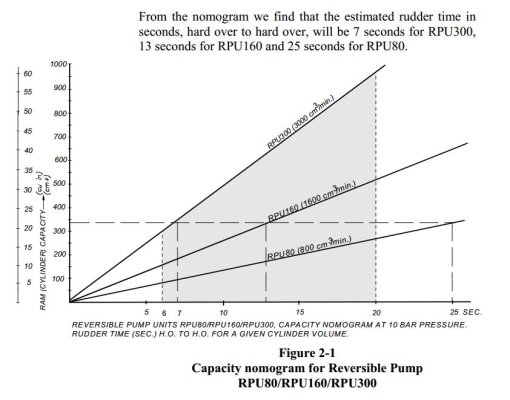- Joined
- Jan 9, 2014
- Messages
- 4,180
- Location
- USA
- Vessel Name
- N/A
- Vessel Make
- 1999 Mainship 350 Trawler
We recently moved up from a 28 foot express cruiser to a Mainship 350 Trawler (350/390). This has a single Yanmar.
She really doesn't plane, so we run at about 8 - 8.5 kts. After many years with planing boats, this is our first trawler. Tide and wave direction were never really a concern in out planing boats. About the only impact was whether it would be wet ride or a dry ride. We would take that little express out in just about any weather and we never thought anything of 6+ foot seas.
We recently took a trip in 2-4's which were quartering on our starboard stern. Many of them pushed the stern so far to port to that I hit the wheel stops turning to port to counter the action and stay on course. I soon realized that I was holding the wheel at around 25% to port to track on my course.
It occurred to me that 4-6's or higher could be a potential problem. avoiding going out in anything but perfect weather would be a big change in our mindset.
Are these handling characteristics normal for a trawler? Is this a mainship issue? What do you folks do?
She really doesn't plane, so we run at about 8 - 8.5 kts. After many years with planing boats, this is our first trawler. Tide and wave direction were never really a concern in out planing boats. About the only impact was whether it would be wet ride or a dry ride. We would take that little express out in just about any weather and we never thought anything of 6+ foot seas.
We recently took a trip in 2-4's which were quartering on our starboard stern. Many of them pushed the stern so far to port to that I hit the wheel stops turning to port to counter the action and stay on course. I soon realized that I was holding the wheel at around 25% to port to track on my course.
It occurred to me that 4-6's or higher could be a potential problem. avoiding going out in anything but perfect weather would be a big change in our mindset.
Are these handling characteristics normal for a trawler? Is this a mainship issue? What do you folks do?
Last edited:

